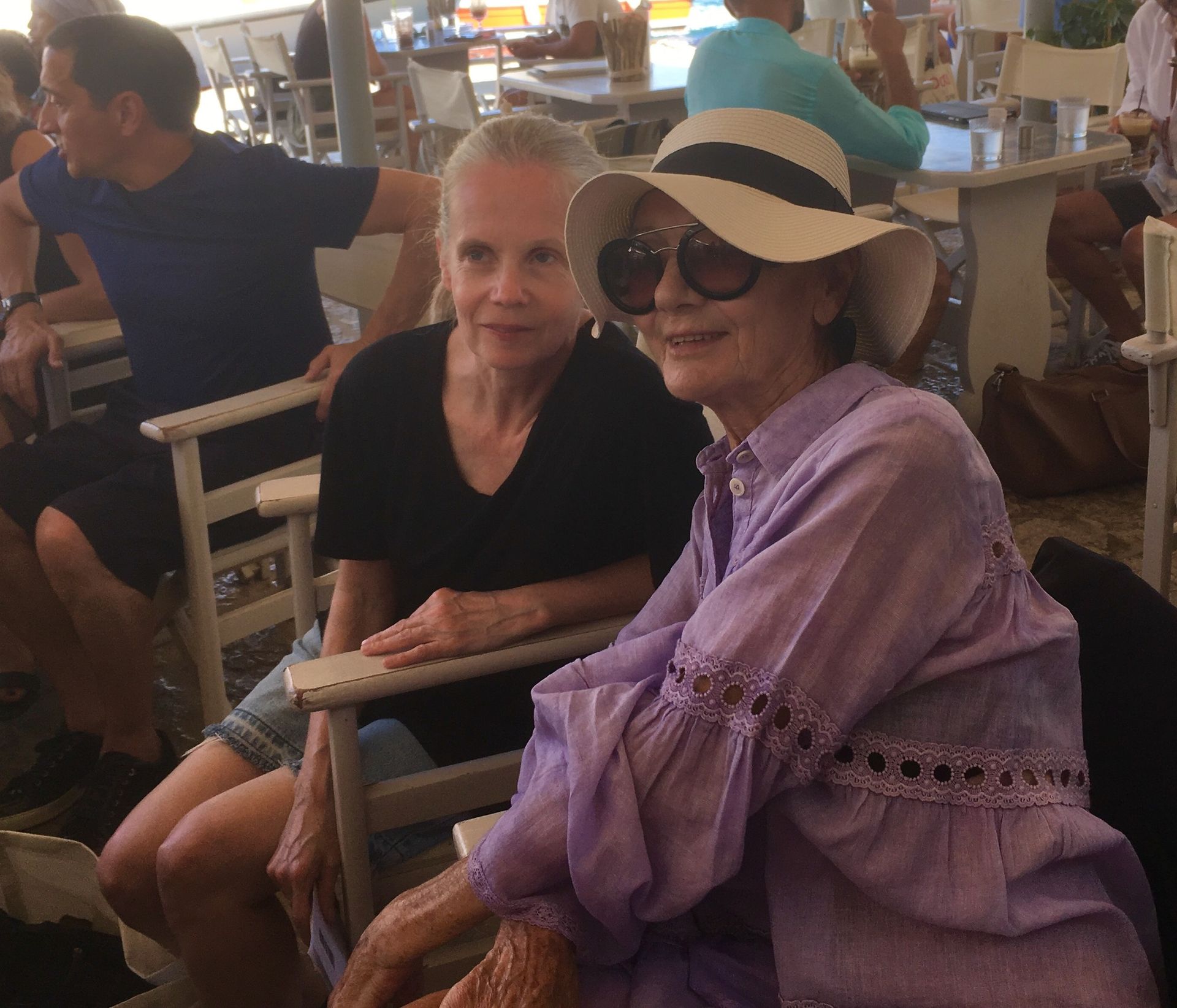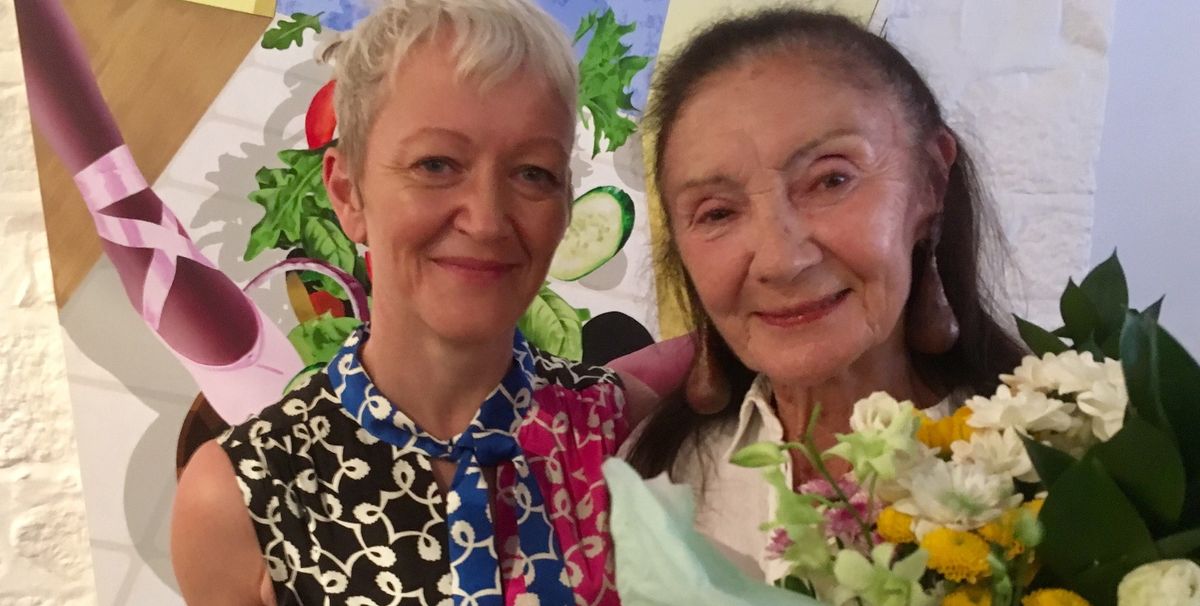There are many outstanding events in the art world but few as eagerly anticipated or keenly attended as the annual gathering on the Greek island of Hydra hosted by patron extraordinaire Pauline Karpidas, accompanied more recently by her son Panos, and organised with quiet efficiency by the gallerist Sadie Coles and her team. For twenty years, these meetings of overlapping art clans have opened the yearly summer exhibition in the Hydra Workshops on the island’s harbour waterfront with three sybaritic days of sun, sea and socialising.
Last weekend’s (21-24 July) opening of six vivid new paintings by the young New Jersey-born, Brooklyn-based artist Jamian Juliano-Villani attracted an especially illustrious crowd. Among the shoreside ranks soaking up the rays and the gossip were the Tate director Maria Balshaw who ran morning yoga classes for early risers; Serpentine Gallery supremo Hans-Ulrich Obrist; National Portrait Gallery director Nicholas Cullinan; Beatrix Ruf of the Stedelijk Museum and the Royal Academy’s Tim Marlow. Also in attendance was patron and philanthropist Maja Hoffmann and Sotheby’s Oliver Barker, as well as Juliano-Villani’s gallerist Tanya Leighton, gallerist Thaddaeus Ropac (who has a house on the island) and Gagosian Director Robin Vousden.
However, the pleasure of the weekend was also tinged with acute sadness with the announcement by Panos that this was to be the last one. Over the ensuing days, memories flowed thick and fast of the Hydra Workshops’ twenty year run, which has spanned from a 15-strong mixed exhibition by what were the then-Y BAs in 1997 through to shows by Christopher Wool, Richard Prince and Carroll Dunham, to name but a few who have shown their work in this modest but perfectly proportioned space.

In 2005 newly weds John Currin and Rachel Feinstein put on a joint Honeymooners collaboration and in 2005, artist Urs Fischer made much of his show in situ using chairs and tables from nearby Tassos café. Nate Lowman also responded to the unique Hydra experience when he lined the space with painted portraits based on Johnnie Shand-Kydd’s photographs chronicling both the changing and the consistent cast of Hydra guests.
Even more plentiful were all the other—utterly unprintable—recollections of the exploits, encounters and escapades that, for the past two decades have given the art world a very particular form of Hydra therapy. It was therefore appropriate that last Sunday’s sunset over Hydra was an especially spectacular one, providing a suitably grand finale for the end of an unforgettable era.



